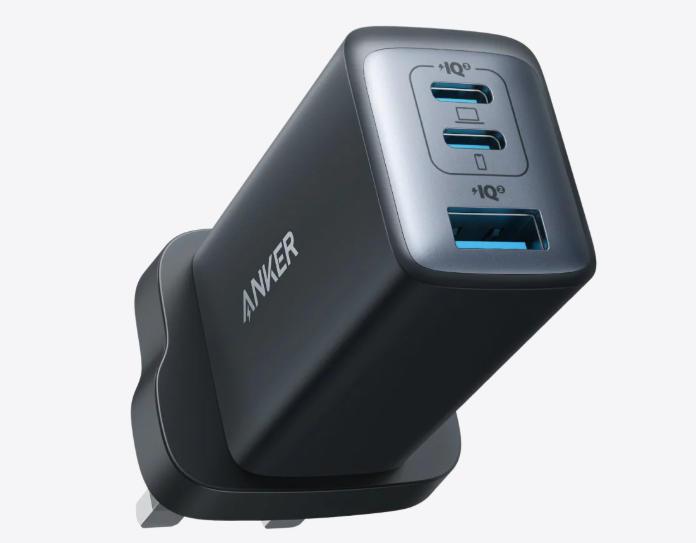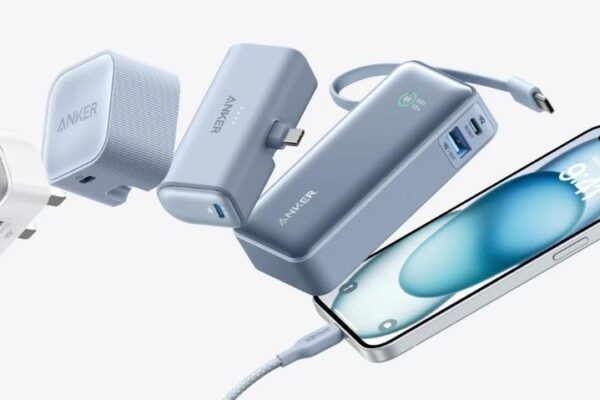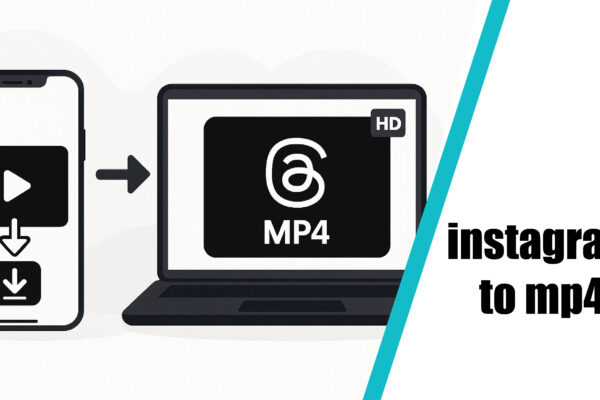Battery life depends on how you charge and care for your smartphone daily. Small changes—like unplugging at the right time or using certified chargers—can greatly extend battery lifespan. Understanding your battery’s needs helps prevent capacity loss and overheating. With the right charging habits and accessories, your phone stays efficient longer, saving money and keeping your device reliable for years of consistent performance.
Understanding Your Smartphone Battery & Charger Basics
How Modern Smartphone Batteries Work
Most smartphones use lithium-ion batteries designed for high efficiency and recharge cycles. These batteries store energy through controlled chemical reactions and operate best within moderate charge ranges. As they age, their ability to hold power slowly decreases. Intelligent systems inside modern phones regulate voltage and temperature during charging to prevent damage, balancing performance with longevity for smoother, more dependable daily operation across all power conditions.
Why Charging Habits Impact Battery Health
Every charge cycle slightly wears a lithium battery. Consistent overcharging or full depletion speeds up this aging process. Maintaining balanced charging habits—like avoiding extremes—helps reduce stress on battery cells. Temperature, power quality, and charging duration all influence battery health. When users charge properly, their devices last longer and perform more reliably, minimizing the need for frequent replacements or unexpected battery degradation over time.
Charger Compatibility & Key Terminology
Understanding terms like wattage, voltage, and amperage helps you pick the right charger. A compatible charger delivers stable power within the phone’s safe limits. Fast-charging technologies like PD or QC boost speed without harming the battery when certified properly. Always use manufacturer-recommended accessories for maximum safety. Devices such as the iphone 16 charger follow optimized power protocols that adjust charging automatically, ensuring efficiency and protecting battery health.

Best Charging Habits to Extend Battery Lifespan
Optimal Charge Range and Frequency
Keeping your battery between 20% and 80% preserves its health. Charging fully or letting it drop too low stresses internal cells. Top up regularly instead of waiting for full depletion. Short, consistent recharges prevent deep discharges and heat buildup. This steady pattern maintains your phone’s long-term capacity, helping you achieve more cycles before noticeable wear. Balance is key to maximizing performance and longevity.
Avoiding Full Discharges and Constant 100% Charges
Avoid letting your battery drain to zero before recharging. Deep discharges shorten lifespan by forcing batteries to work harder during recovery. Similarly, keeping your device plugged in after reaching 100% causes heat and chemical strain. Unplug once full or use smart charging modes that pause power at 80%. This practice protects your battery from unnecessary wear, ensuring stable performance and smoother operation over time.
The Impact of Heat, Usage While Charging & Environment
High temperatures accelerate battery degradation. Keep your phone cool by charging in shaded, ventilated areas. Avoid using heavy apps, gaming, or video streaming while charging—they increase heat output. Cases that trap warmth should be removed during long sessions. Environmental factors like humidity or direct sunlight can also affect efficiency. Stable, moderate conditions help maintain optimal battery chemistry and ensure safe, consistent charging sessions daily.
Choosing the Right Charger & Accessories
Certified vs Non-Certified Chargers: What to Look For
Certified chargers meet safety and performance standards verified by organizations like CE, UL, or FCC. They deliver stable voltage and prevent power surges. Non-certified versions risk overheating or damaging your battery. Always check for official certification symbols on packaging. Investing in authentic, brand-approved accessories ensures safety and efficiency. High-quality chargers maintain battery integrity and avoid common issues caused by unstable, unregulated power flow.
Wired vs Wireless Charging — Effects on Battery Life
Wired chargers usually provide faster, more efficient power transfer, generating less heat when properly rated. Wireless charging offers convenience but can raise temperatures if misaligned or obstructed. For long-term health, alternate between both methods. Avoid placing metal objects near charging pads, as they increase resistance. Balanced use of wired and wireless systems supports steady battery performance while keeping everyday charging flexible and simple.
Practical Tips for Universal Charger Use with Your Device
Universal chargers work across brands but must match your device’s voltage and wattage requirements. Use quality cables that support high-speed charging safely. Multi-port GaN chargers efficiently power several devices simultaneously without strain. Always disconnect when not in use to avoid standby power draw. Regular inspection for frayed cables or loose ports keeps your setup safe, consistent, and optimized for reliable charging everywhere.
Integrating Smart Charging into Daily Use
Building a Routine That Supports Battery Health
Create habits that align with your schedule. Charge during short breaks rather than overnight. Keep your phone between 30% and 80% most of the time. Set reminders to unplug once charged and use official adapters. Avoid frequent fast-charging unless necessary. A mindful routine promotes slow, steady energy flow that preserves battery chemistry, improving device performance and maintaining smooth operation across its lifespan.
Using Device Settings to Support Smart Charging Habits
Modern smartphones include features that learn your habits. Enable adaptive or optimized charging in settings to pause power when full and resume before you wake. Reduce background apps to lower energy demand. Adjust brightness, disable unnecessary connections, and turn on battery saver modes when needed. These built-in tools automate protection, letting your phone handle energy flow intelligently and reduce long-term cell wear efficiently.
Travel, Storage & Long-Term Unused Device Considerations
When storing a phone for weeks, keep the battery around 50% and power it off. Extreme cold or heat during travel can harm battery cells, so store your device in temperature-controlled conditions. Use travel adapters that match voltage standards. Periodically recharge stored devices to prevent deep discharge. These precautions maintain battery stability, ensuring the device remains ready to perform when powered up again later.
Conclusion
Extending smartphone battery life relies on balance—controlled charging, proper accessories, and mindful habits. Certified chargers, moderate temperatures, and smart settings reduce wear and protect performance. By maintaining charge levels within safe ranges and using reliable equipment, users can preserve efficiency for years. Consistent care not only extends battery lifespan but also enhances overall device reliability and user satisfaction through smarter daily charging choices.










